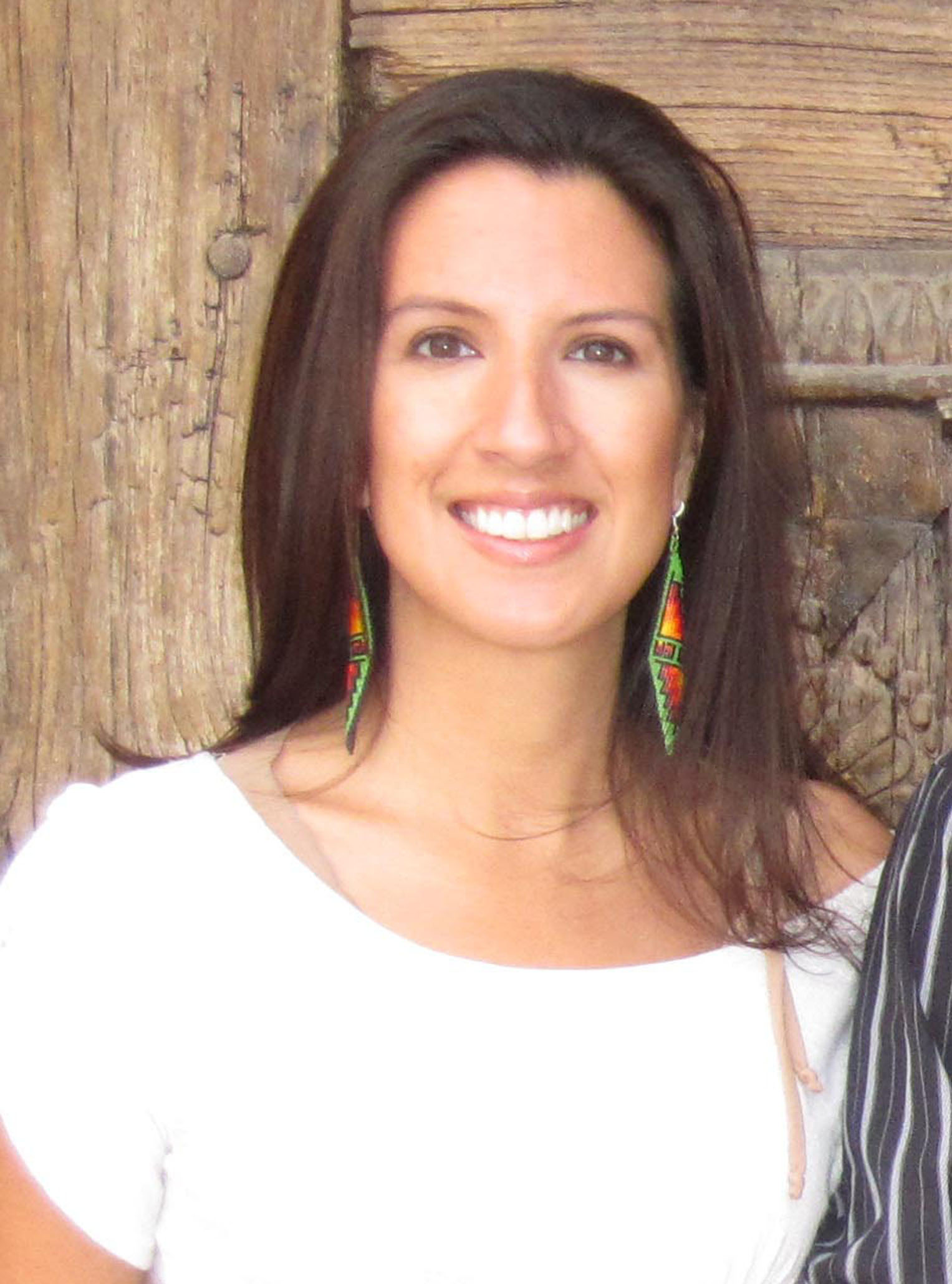ASU incubator boosts Native American entrepreneurs
Inno-NATIONS supports business owners and enterprises from indigenous communities across Arizona
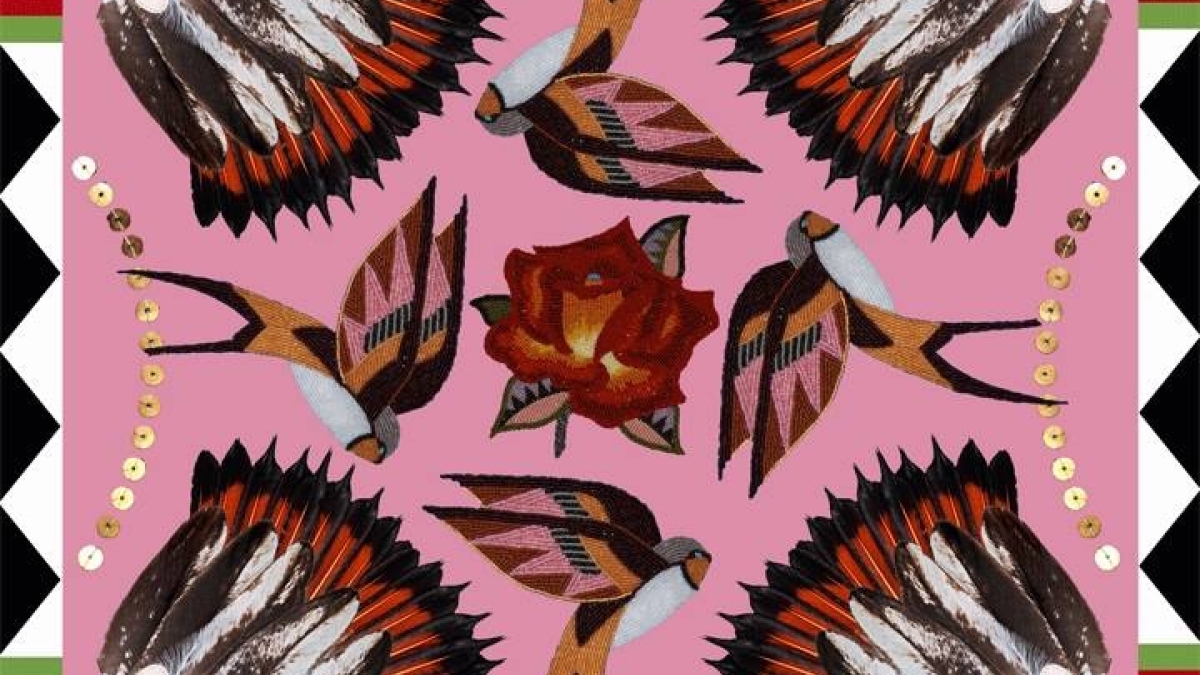
Detail of a scarf print from the Beyond Buckskin Boutique. Photo courtesy of shop.beyondbuckskin.com.
Looking to create opportunity, the American Indian Policy Institute (AIPI) in collaboration with ASU’s Entrepreneurship + Innovation has developed an inter-tribal initiative called Inno-NATIONS, which champions indigenous entrepreneurship and economic development across Arizona.
“The goal is to support up-and-coming Native American entrepreneurs and ignite enterprises to fuel sustainable tribal economies by rejuvenating and modernizing traditional trade networks,” said Traci Morris, AIPI director and Inno-NATIONS founder.
Morris said by spearheading innovative partnerships and leveraging resources from ASU, tribes and community organizations, she hopes that Inno-NATIONS will create a “collision community,” causing a ripple effect of economic change in tribal communities.
The first collision takes place with the inaugural learning lab series, “Beyond Buckskin: Beyond Online” on March 1 followed by “Protection in All Directions: A Fashion & Resistance Awareness Event” on March 4. The latter will include discussions, multi-media discussions and a fashion show highlighting local Native American designers including Jared Yazzie of OxDX.
Both events are free and take place at The Department in downtown Phoenix.
Inno-NATIONS will also launch a three-day pilot cohort with approximately 20 Native American businesses starting in June.
“Beyond Buckskin” features Jessica Metcalfe, a Turtle Mountain Chippewa, Dartmouth graduate and entrepreneur, who grew a small online store into a successful boutique on the Turtle Mountain Indian Reservation in North Dakota.
The store promotes and sells Native American-made couture, streetwear, jewelry, and accessories from more than 40 Native American and First Nations artist, employing tribe members from the Turtle Mountain community.
ASU Now spoke to Metcalfe to discuss her work.
Jessica Metcalfe
Question: We’ve seen Native American fashion emerge and evolve. How did you get into the business?
Answer: I was writing my master’s thesis in 2005 and my advisor at the time had told me about some research she had done, which looked at Native American fashion in the 1930s, 1940s and 1950s. She had wondered if I was interested in picking up where her research left off. I looked into it and found that there were these breadcrumbs, little bits here in there, that something had been going on in the past 60-70 years, but hadn’t been looked at as a collective movement.
Through my doctoral dissertation, what I discovered was that Native American fashion has gone through waves of acknowledgements by the broader public, but what we’re experiencing now is perhaps the biggest wave yet.
You have designers like Patricia Michaels out at New York’s Style Fashion Week and the Native Fashion Now traveling exhibit touring the country, so there’s really a lot of exciting things happening lately. It’s coming from a collective movement. Designers basically grouping together to share costs but also to put together more events to cause a bigger ruckus.
Q: How did you build your online store into a brick-and-mortar business?
A: I first launched a blog in 2009 as an outlet for my dissertation research, and wanted to share it with more people and to also get more stories and experiences. My readers kept asking where could they see and buy these clothes? At that time, there wasn’t an easy way to access functions like a Native American Pow Wow or market in order to do that.
I had established a rapport with designers through my research and writing. They saw what I was doing through the blog and then a question popped into my head. “How would you feel about creating a business together?” There were 11 initial designers who said they needed the space, and I worked with them to sell their goods online. We just now opened our design lab on the Turtle Mountain Indian Reservation. We are creating a system where we can meet demand and maximize a need in Indian Country.
We employ Native Americans from ages 15 to 22. There aren’t a whole lot of opportunities for people that age on the reservation. They either work at the grocery store or the gas station. One of them is interested in film and photography and so they run our photo shoots. Another person is interested in business entrepreneurship, and they get to see how an idea goes from concept to execution.
Q: The subtext is that this isn’t just about fashion but, history, representation and cultural appropriation?
A: Our clothing is just more than just objects. It’s about how the material was gathered, what the colors represent, what stories are being told and how does that tie into our value system. One of the things I often discuss is the Native American headdress. Our leaders wear them as a symbol of their leadership and the dedication to their communities. These stories are a way to share our culture with non-Natives and protect our legacy for future generations.
Q: Why is it important for Native American businesses to branch out into other cultures?
A: Native American people desperately need to diversify their economic opportunities on and off the reservations. Up until recently, people haven’t thought of fashion or art as a viable career path.
A recent study conducted by First Peoples Fund that found a third of all Native American people are practicing or are potential artists. That is a huge resource we already have in Indian Country and we need to tap it and develop it, and push for Natives in various fields to look at themselves as entrepreneurs and launching businesses.
Now, Native American people have an opportunity to make a positive impact in their local communities by reaching people through their art and sharing our culture with the rest of the world.
More Business and entrepreneurship
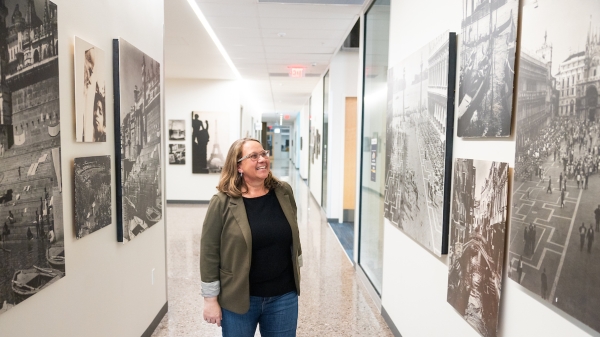
Thunderbird archives: These walls do talk
Editor’s note: This is part of a monthly series spotlighting special collections from ASU Library’s archives throughout 2024. At…
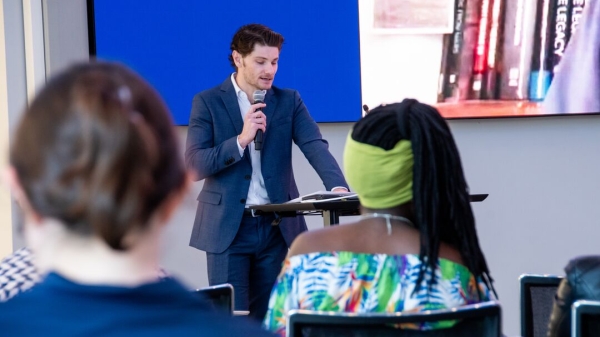
California roots, global impact: Thunderbird at ASU grad's journey in global management
Editor’s note: This story is part of a series of profiles of notable spring 2024 graduates. Lake Forest, California, native Kyle…
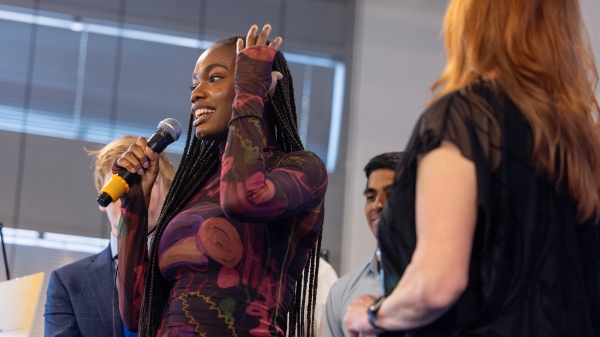
ASU student entrepreneurs win cash investments for ventures at Demo Day
Several Arizona State University student entrepreneurs who won big cash investments for their ventures on Saturday expressed…
